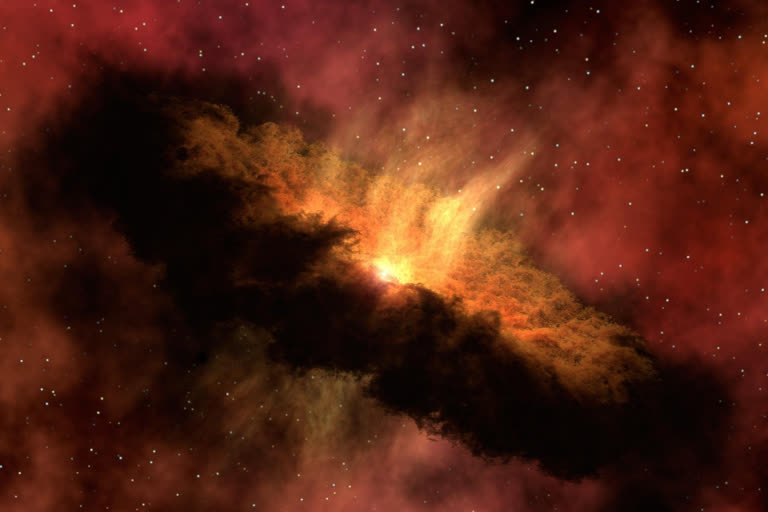Exeter: The planet Beta Pictoris b, orbiting its young star, Beta Pictoris.
It's 63 million light-years away from Earth, but new measurements about its orbit could shed new light on how planetary systems form and evolve.
Scientists already knew some details about the distant mass.
"It's eleven times more massive than Jupiter. So, it's certainly a gas giant. And it orbits roughly at a separation of Saturn in our solar system, its star. And the whole system is very young, about 20 million years," explains Stefan Kraus, associate professor in astrophysics at the University of Exeter.
Kraus led a team of international scientists to measure the planet's spin-orbit alignment using the Very Large Telescope Interferometer (VLTI) in Chile.
Scientists say it's the first time this has been done for a directly imaged planetary system.
The spin-orbit alignment is the degree of alignment between the orbit of planets and their star's rotation axis.
In our solar system, for example, the planets orbit on a plane in line with the equator of the sun and the same direction as the Sun rotates.
Measuring Beta Pictoris b considered to be a 'wide separation planet', that is one that is positioned far from its star helps scientists understand how planetary systems are formed, particularly with regards to so-called 'Hot Jupiters' planets found very close to their star.
Read more: Trapped whale freed by Italian Coastguard
These close planets often have orbits that are misaligned with the star's rotation axis, very different to the neat alignment of ones further out.
The question is whether those Hot Jupiters were in the same position when the system initially formed or whether they moved closer to the star later, due to interaction with other planets.
Kraus says his team's results suggest an answer.
"Our measurement of Beta Pictoris b finds a very nice aligned system at all separations from Beta Pictoris B, at a position of Saturn and our solar system, out to this debris disc on a few hundred astronomical units, the system is perfectly aligned," he says.
"And though this seems much more consistent, this idea that these Hot Jupiters on oblique orbits formed by planet-planet interaction. So likely that there are several planets in such a system that interact dynamically with each other and kick each other out of the plane and then migrate inwards to the position where we find these oblique Hot Jupiters."
It took four hours of telescope time to measure the spin-orbit alignment of Beta Pictoris b.
Observations on a large sample of planetary systems will be required to answer this question conclusively.
Also read: 50 years of Pride: Knitters fly a handmade giant rainbow flag
(With inputs from AP)



